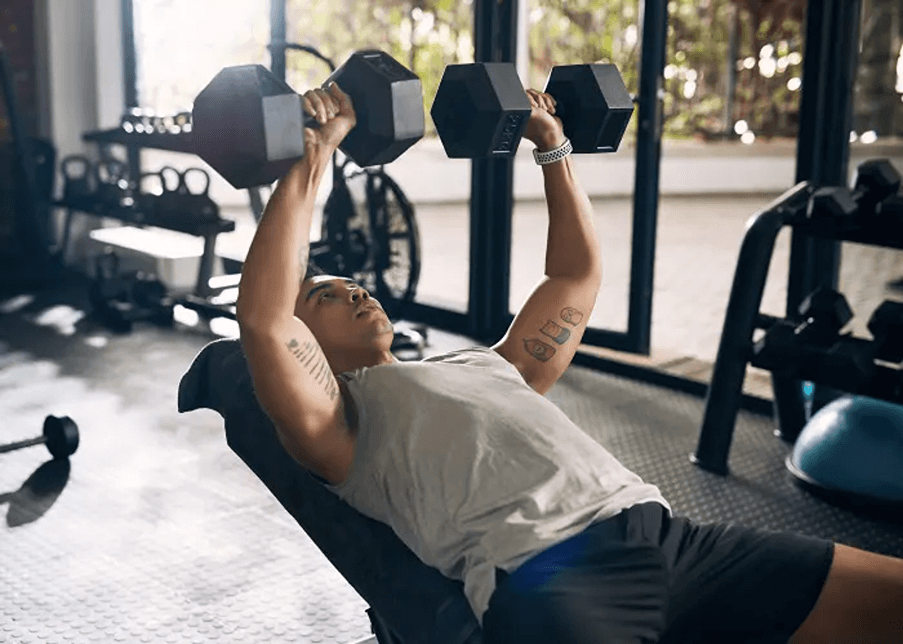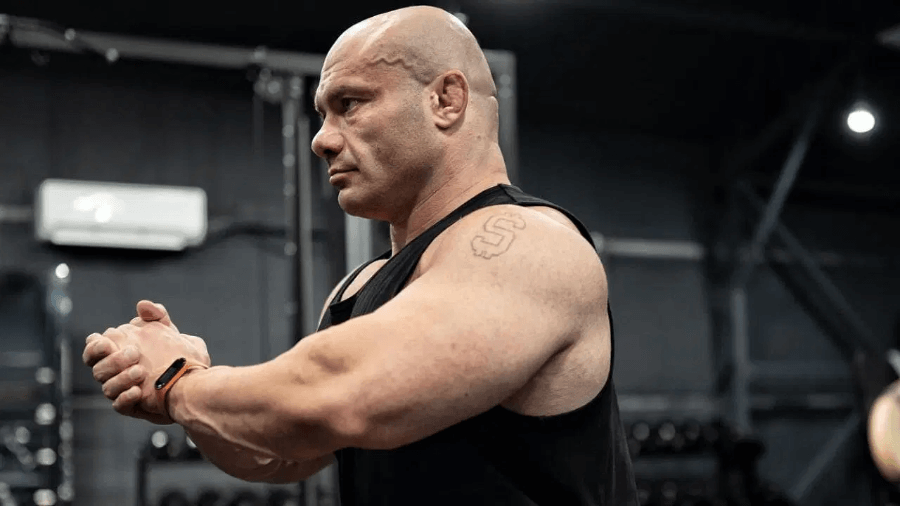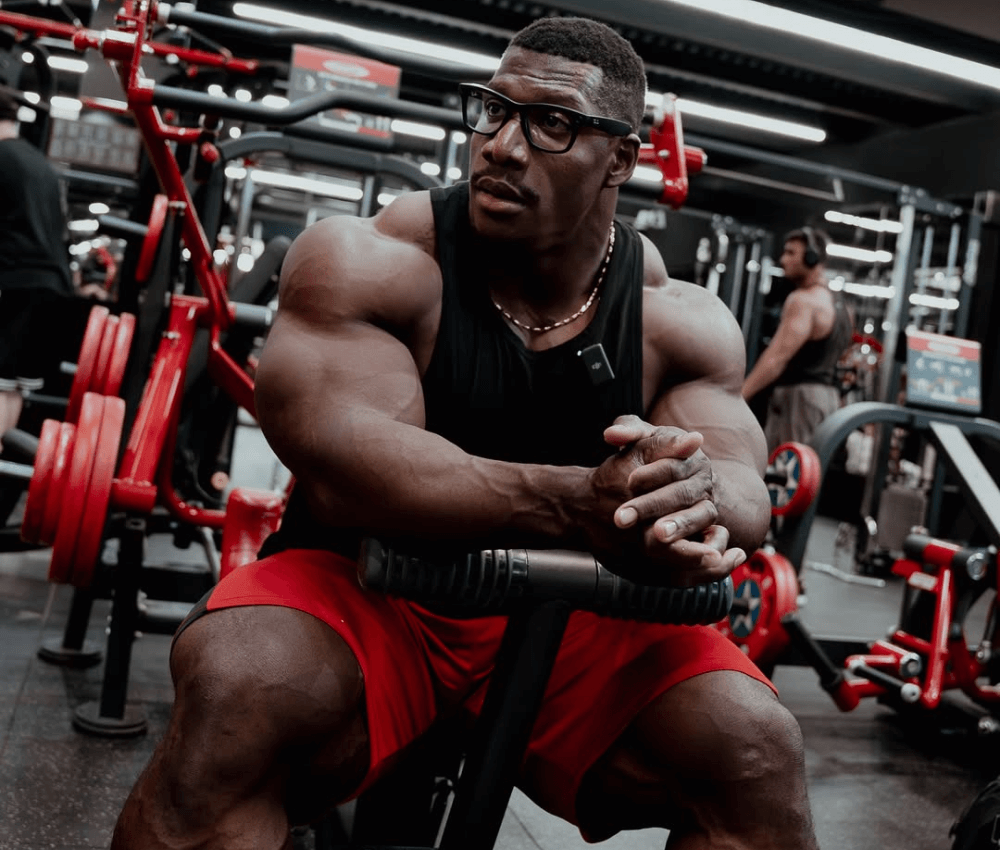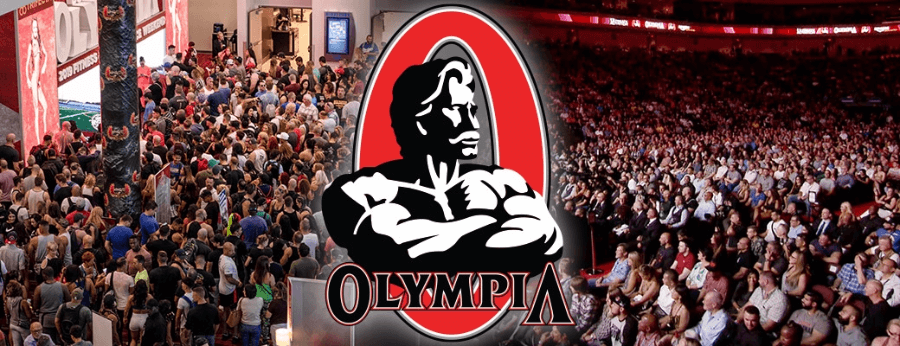Table of Contents
The supersets in Mike Israetel’s workout emphasize two opposing movement patterns, mimicking the natural push-and-pull actions we perform daily. This approach enhances both strength and functional movement efficiency.
Renowned exercise scientist and bodybuilder Mike Israetel recently trained with Natalie Hays, one of the top natural bodybuilders in the world. Hays, a four-time World Champion Natural Bodybuilder, recently claimed victory at the 2024 Natural Olympia Women’s Bodybuilding Championship.
Given her elite status, Israetel didn’t hold back—he put her through an intense series of upper body supersets designed to maximize muscle engagement and endurance.
Mastering Bodyweight Supersets
Mike Israetel’s workout started the session with a simple yet highly effective bodyweight superset: pullups paired with pushups. These foundational movements serve as a perfect warm-up by engaging multiple muscle groups while reinforcing proper mechanics.
A perfectionist in technique, Israetel emphasized each movement’s full range of motion. He cued Hays to extend her arms at the bottom of the pullup, pausing briefly before executing the next rep.
This ensures greater muscle activation and control rather than relying on momentum. Similarly, he insisted on a chest-to-ground standard for pushups, reinforcing a full range of motion for better strength development and endurance.
Key Training Principles for Natural Lifters
1. Importance of Volume, Intensity, and Recovery
- Natural lifters need enough volume to stimulate growth without overtraining.
- Intensity should be high, but not to failure every set.
- Recovery is key—muscles grow when resting, not just during training.
2. Progressive Overload for Muscle Growth
- Muscles must face increasing challenges to grow over time.
- Add weight, reps, or sets gradually for continuous progress.
- Without progressive overload, gains stall, and strength plateaus.
3. The Role of Frequency and Exercise Selection
- Training each muscle group twice per week boosts natural muscle growth.
- Compound lifts (bench press, pull-ups, rows) should be the foundation.
- Isolation exercises help refine and balance muscle development.
The Main Superset: Power and Control
Once warmed up, Mike Israetel’s workout escalated with a more advanced superset, combining flexion dumbbell rows with an incline dumbbell press.
Flexion Dumbbell Rows
To perform this movement effectively:
- Start in a hinged position, keeping slight tension in the hamstrings.
- Hold a dumbbell in each hand, maintaining a neutral spine.
- Lower the dumbbells quickly to tap the ground before executing an explosive rowing motion.
- As you row, let your chest lift naturally, allowing a slight arch in the back for a fuller contraction.
- Reverse the movement by rounding the back slightly as you tap the dumbbells to the ground again.
This rowing technique differs from conventional rows because it incorporates spinal flexion and extension, enhancing lat engagement while stimulating the posterior chain.
Incline Dumbbell Press
Immediately following the row, Hays moved into an incline dumbbell press, targeting the upper chest, shoulders, and triceps. Israetel stressed constant tension by avoiding a pause at the top of the movement while emphasizing a slow, controlled descent with a pause at the bottom.
Hays noted that this training method differed significantly from what she was accustomed to. The lack of a pause at the top increased time under tension, a crucial factor for hypertrophy (muscle growth).
Workout Strategies & Adjustments
1. Ideal Reps and Sets for Hypertrophy
- 8–12 reps per set is optimal for muscle growth.
- Perform 3–5 sets per exercise, depending on experience and recovery.
- Higher reps (12–15) work well for isolation movements like bicep curls.
2. Rest Periods Between Sets for Maximum Growth
- 30–60 seconds for isolation exercises to keep muscles under tension.
- 1–2 minutes for compound lifts like bench press and rows.
- 2–3 minutes for heavy lifts like pull-ups or overhead presses.
3. How to Progress and Increase Strength Over Time
- Add weight gradually while maintaining good form.
- Increase reps or sets if adding weight is difficult.
- Use progressive overload by improving performance each session.
- Track progress to ensure consistent strength and muscle gains.
Recovery & Nutrition for Natural Lifters
1. Importance of Adequate Rest and Sleep
- 7–9 hours of sleep is essential for muscle repair and growth.
- Poor sleep reduces testosterone and growth hormone levels.
- Rest days allow muscles to recover and prevent overtraining.
2. Role of Protein, Carbs, and Fats in Muscle Growth
- Protein (1.6–2.2g per kg of body weight) supports muscle repair.
- Carbs fuel workouts and aid in recovery.
- Healthy fats regulate hormones and overall recovery.
3. Managing Fatigue and Deload Weeks
- Signs of fatigue include decreased performance and prolonged soreness.
- A deload week (lighter weights or fewer sets) prevents burnout.
- Proper hydration and mobility work aid in long-term recovery.
Why Supersets Work
Israetel explained that supersets are a fantastic way to maximize muscle stimulation, especially when time is limited. Pairing opposing muscle groups—such as pulling (rows, pullups) and pushing (presses, pushups)—allows for greater overall muscle engagement without extending workout duration.
“This training style is awesome if you want a really good muscle-growth stimulus, you’ve got a lot of body to cover, and you just don’t have a ton of time,” Israetel explained.
By strategically structuring these supersets, Israetel created a challenging yet efficient upper-body workout that forces muscles to adapt, grow, and perform under constant tension and controlled fatigue.
These supersets provide a powerhouse solution for strength, endurance, and hypertrophy for elite bodybuilders like Hays and fitness enthusiasts looking to optimize muscle gains.







